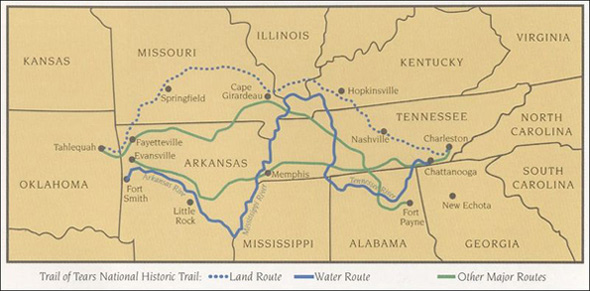One of the central questions in ETEC 521 is: “How do communities balance educating non-Indigenous people, while preserving their culture?” However, in order to answer this question as it pertains to the Métis peoples, one first needs to have an understanding of who the Métis peoples are. However, the answer to the question of Métis identity seems to depend on who you ask. “Métis peoples insist that they are part of a distinctive cultural group. However, Métis identity is frequently misinterpreted by non-Métis to refer simply to Aboriginal-European ancestry” (Ouellet and Hanson, 2008).
The question of Métis identity is an important one for me personally because my family has Métis ancestry. In terms of my profession, I am interested in both the traditional and contemporary representations of the Métis presented in K-12 education.
My research project will investigate how the Métis are working to preserve and celebrate their culture while at the same time educate non-Indigenous people as to what it means to be Métis.
I will explore the following themes in my project:
Identity: Who are the Métis Peoples? How do they define themselves? How are they defined by others? How have these definitions changed over time? Why does it matter?
Technology: How are the Métis using technology for historical research, cultural expression, cultural preservation, and education?
Possible sources of information include:
- Learn Michif. http://www.learnmichif.com
- Metis Culture and Heritage Resource Centre: http://www.metisresourcecentre.mb.ca/
- Virtual Museum of Métis History and Culture: http://www.metismuseum.com/
- Métis National Council: http://www.metisnation.ca/
- Métis Nation of BC: http://www.mnbc.ca/
- Métis Nation of Alberta: http://www.albertametis.com/MNAHome/Home.aspx
- Métis Nation of Saskatchewan: http://www.mn-s.ca/
- Manitoba Métis Federation: http://www.mmf.mb.ca/
- Métis Nation of Ontario: http://www.metisnation.org/

